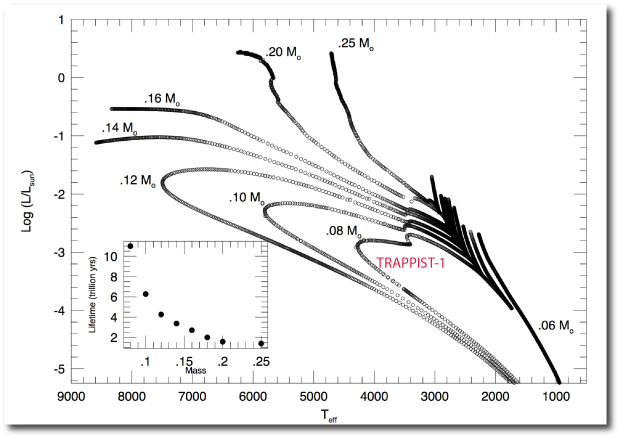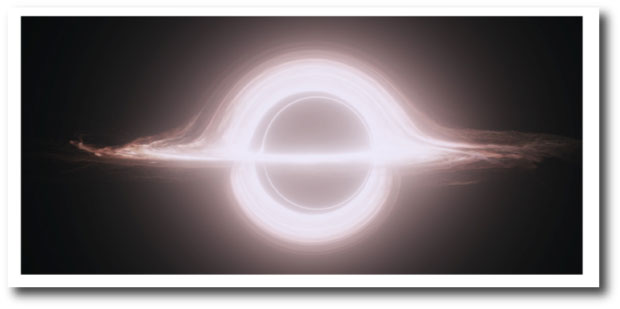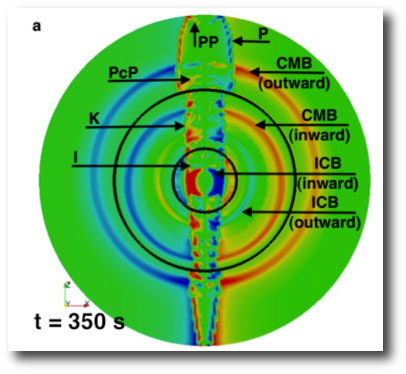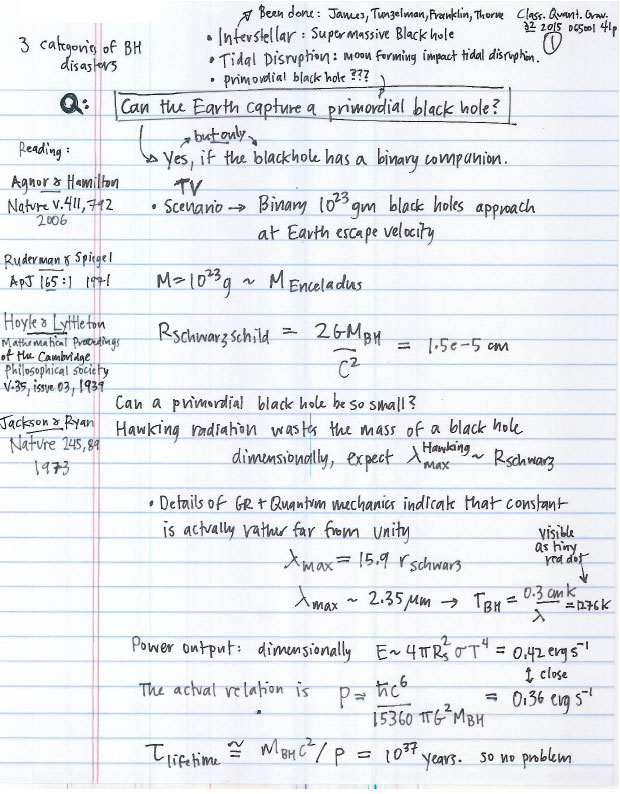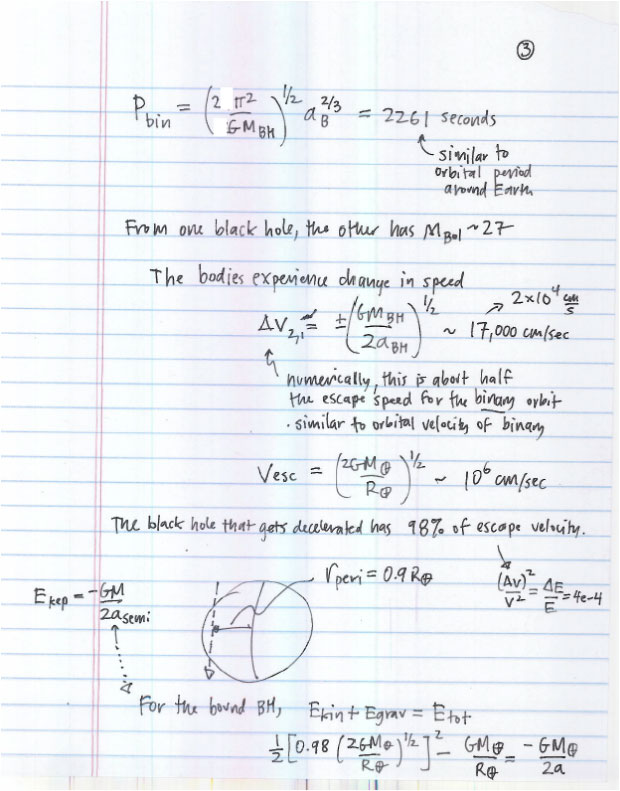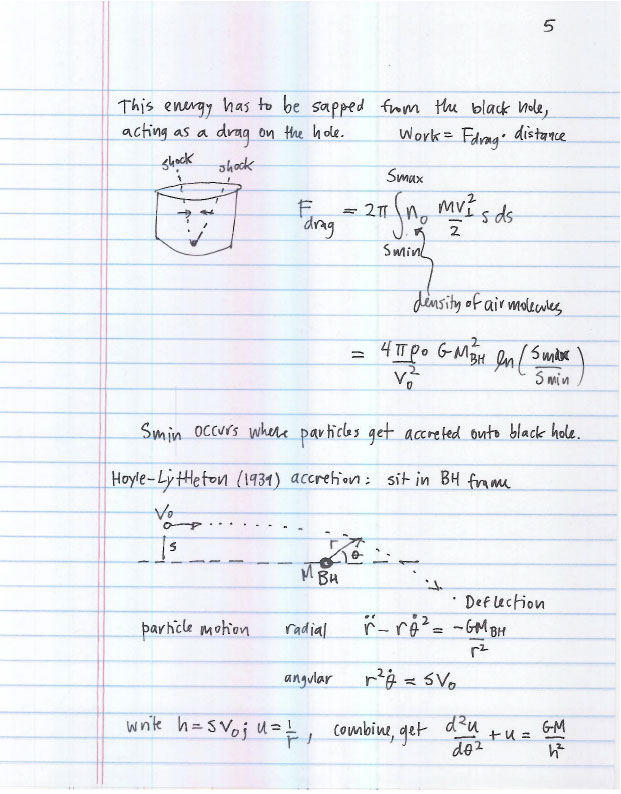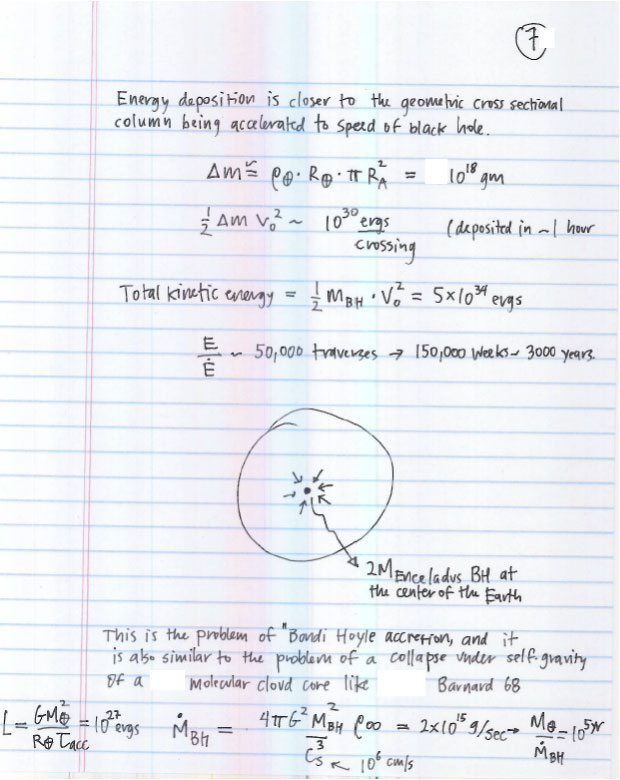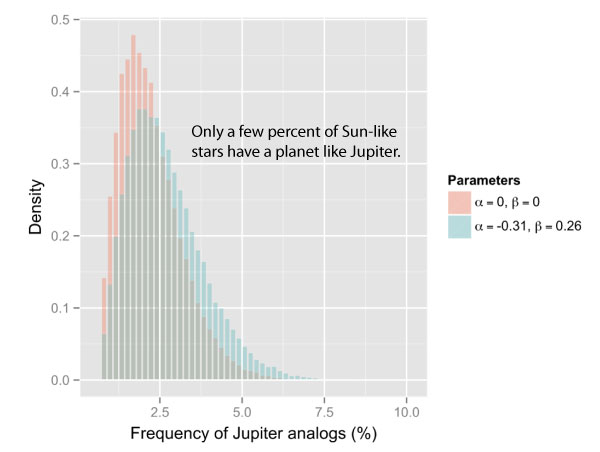There was something a little disorienting about TRAPPIST-1 vaulting into the public consciousness to fleetingly become one of the largest news events in the world. The small-telescope detection of temperate Earth-sized planets orbiting stars at the bottom of the main sequence was a frequent topic during oklo.org’s first ten years. In looking back over the early articles, one of the very first posts (from 11/29/2005) looks quaint, naive and prescient all at once:
We know that planets aren’t rare, and by now, with the tally over at the extrasolar planet encyclopedia poised to blast past 200, the announcement of a newly discovered run-of-the-mill Jupiter-sized planet barely raises the collective eyebrow.
The headline that everyone is anticipating is the discovery, or better yet, the characterization of a truly habitable world — a wet, Earth-sized terrestrial planet orbiting in the habitable zone of a nearby star. Who is going to get to this news first, and when?
299 million dollars of smart money says that Kepler, a NASA-funded Discovery mission currently scheduled for launch in June 2008, will take the honors. The Kepler spacecraft will fly in an Earth-trailing 377.5 day orbit, and will employ a 1-meter telescope to stare continuously (for at least four years straight) at a patchwork of 21 five-square-degree fields of the Milky Way in the direction of the constellation Cygnus. Every 15 minutes, the spacecraft will produce integrated photometric brightness measurements for ~100,000 stars, and for most of these stars, the photometric accuracy will be better than one part in 10,000. These specs should allow Kepler to detect transits of Earth-sized planets in front of Solar-type stars.
Kepler has a dedicated team, a solid strategy, and more than a decade of development work completed. It’s definitely going to be tough to cut ahead of Bill Borucki in line. Does anyone else stand a chance?
Practitioners of the microlensing technique have a reasonably good shot at detecting an Earth-mass planet before Kepler, but microlensing-detected planets are maddeningly ephemeral. There are no satisfying possibilities for follow-up and characterization. Doppler RV has been making tremendous progress in detecting ever-lower mass planets, but it seems a stretch that (even with sub-1 meter per second precision) the RV teams will uncover a truly habitable world prior to Kepler, although they may well detect a hot Earth-mass planet.
There is one possibility, however, whereby just about anyone could detect a habitable planet (1) from the ground, (2) within a year, and (3) on the cheap. Stay tuned…
In marveling at the avalanche of media attention during the last week, from the front pages of the New York Times and the New York Post, to NPR push notifications, to NASAwatch sleuthing out the story, to a co-opt of the front page of Google, I was struck by the fact that viewed externally, this is really just the massive amplification, complete with distortion — see the NASA/JPL go-to image — of an exceedingly faint signal. TRAPPIST-1 continually bathes the Earth with 14 Joules per second of energy. Over the course of the few weeks it took to detect the seven planets, its transits cumulatively decreased this share of the light by the energy equivalent of a single tic tac.




